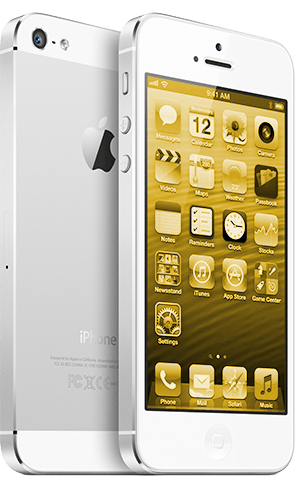
Mobile Applications:
A mobile application is created using native device code languages specific to the mobile device. For instance the Android platform requires that code is written in Java and C++ with some variations. The Apple iOS platform requires predominantly Objective C.
Mobile applications require the code to be compiled. The application is then submitted (in the case of iOS) to the App Store or to Google Play (predominantly) for Android apps, for distribution. From there, a user logs onto the appropriate store for their platform and downloads their chosen app, installs it and uses it.
A mobile application is able to access features of the device in ways that a regular web application cannot.
Although mobile applications can be feature-rich and highly functional, they can also be more expensive to produce and maintain.
We design and develop iOS and Android mobile applications for iPad, iPhone, Android Tablets and mobile phones.
Salespeople, tradespeople, service personnel, consultants, medical and professional personnel – all have a need to collect, use or distribute information from prospects, customers, patients and clients.
We create a large range of applications; for example: quoting tools, sales and marketing tools, assessment and promotional tools, booking and calendar applications for a diverse range of businesses.
We create mobile applications that leverage the functionality of the mobile device by utilising native access to features such as cameras, storage, geo-location, contacts, orientation and accelerometers.
We create hybrid mobile applications that provide a secure, immersive and complete experience for your customers, partners and staff, as well as training and demonstration tools that allow complete flexibility in a mobile environment.

Web Applications:
Web applications run in a web browser like Chrome, Safari, Firefox or Internet Explorer and do not require native code to be compiled.
A web application typically uses HTML, CSS and Javascript. Server-side languages such as PHP, ASP .NET are also used to hook the application to databases such as mySQL, MSSQL, ORACLE etc. to provide an “application-like” experience within a Web browser.
Web applications should work on either mobile devices or on desktop machines, irrespective of operating systems like Windows, Apple and Unix.
Web applications cannot typically access device features like cameras, contacts, messaging and storage.
Maintenance costs are on a par with regular website maintenance costs.

Responsive Design
Typically when people create web applications, they create them using Responsive Design principles. This means that the layout of the page being browsed on a mobile device will change to best suit the size and orientation of the mobile device. Sometimes this can include automatic scaling of image content, repositioning and re-ordering elements and in the majority of cases, the rendering of navigation systems in a completely different, more usable fashion.
Considering that the access of mobile devices to the internet may be limited in some cases, content that may be high-bandwith (large file sizes) can be switched to lower-resolution or omitted completely. This ensures a smoother, more user-friendly experience.


 | © 2014 John Ryan Design | All Rights Reserved | 100 percent Australian |
| © 2014 John Ryan Design | All Rights Reserved | 100 percent Australian |